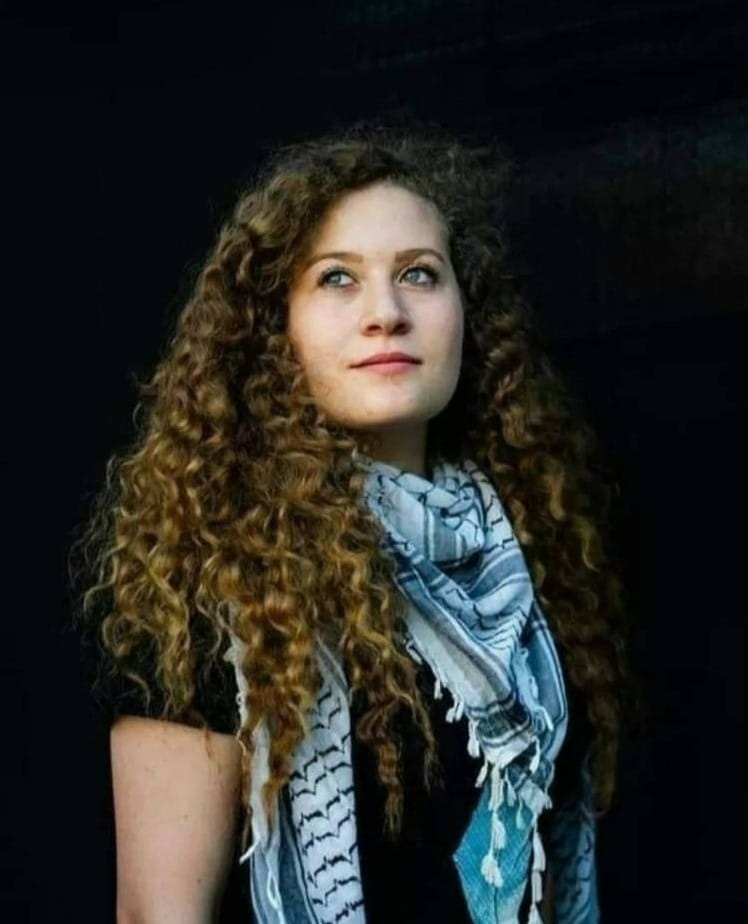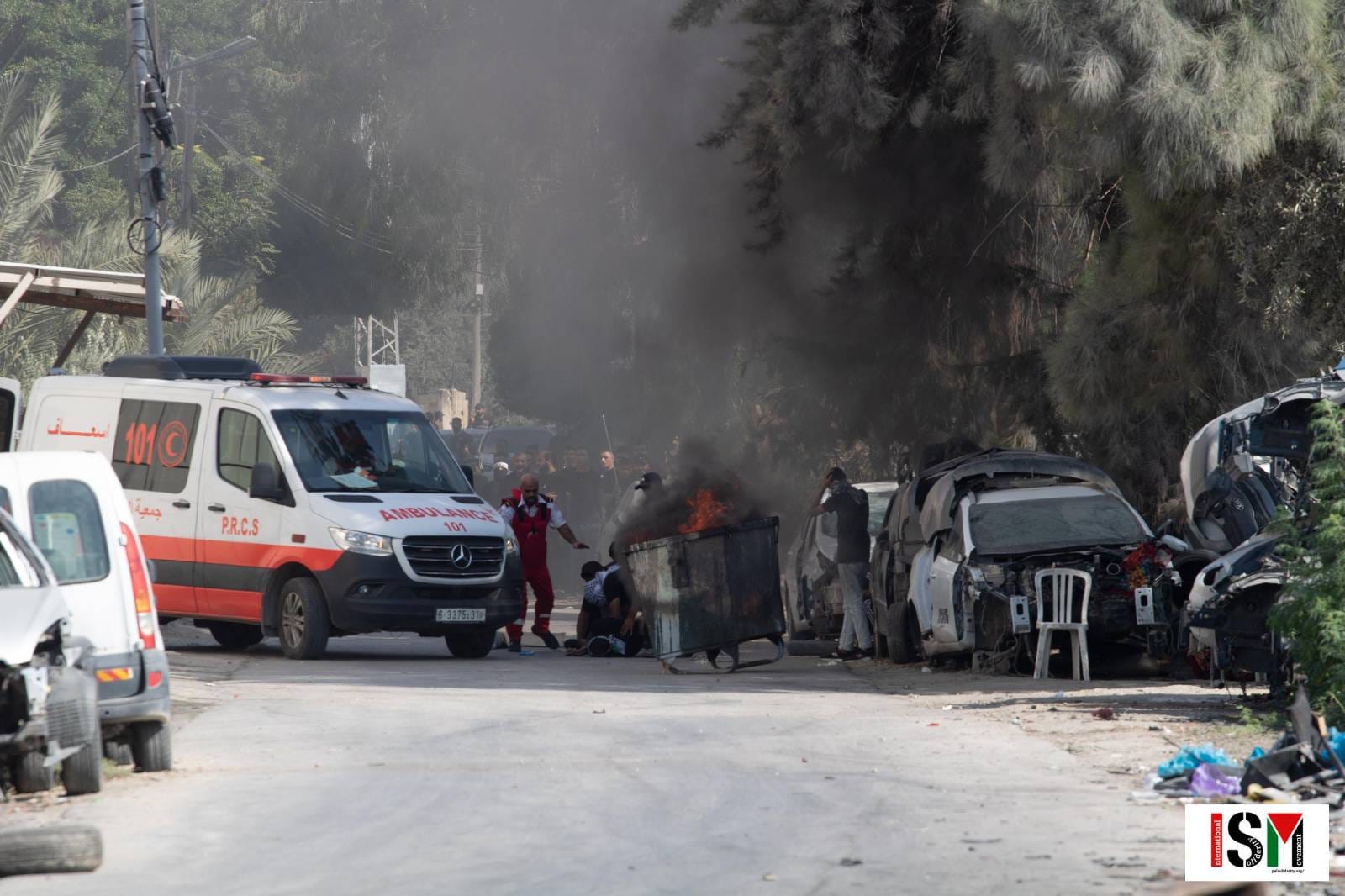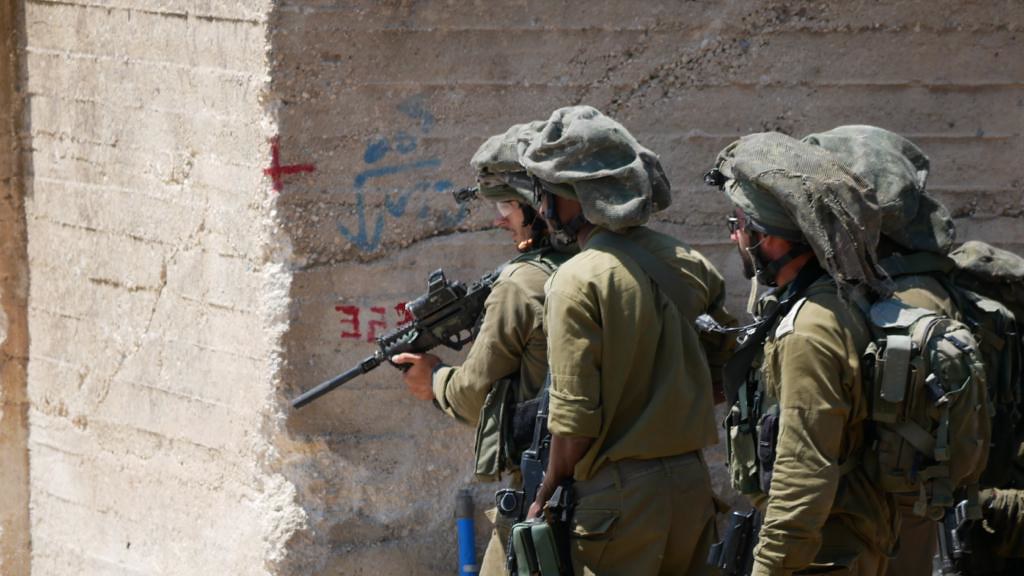Tag: Israeli soldiers
-
Israeli occupation forces arrest Ahed Tamimi
6 November 2023 | International Solidarity Movement | International Women’s Peace Service Prominent Palestinian activist, Ahed Tamimi, was arrested in her home in the village of Nabi Saleh near Ramallah, in the early hours of today, November 6. Following the 22-year-old’s arrest, right-wing Israeli media allied with occupation forces and Israeli far-right politicians issued violent…
-
Israeli soldiers open fire on unarmed protesters in Tulkarm, killing four
14 October, 2023 | International Solidarity Movement | Tulkarm By Diana Khwaelid Four Palestinian protesters were shot and killed by Israeli soldiers in Tulkarm, northern West Bank, on Friday, October 13. Soldiers shot live rounds into crowds who had marched from the city to the apartheid wall to condemn Israel’s crimes in Gaza on the…



